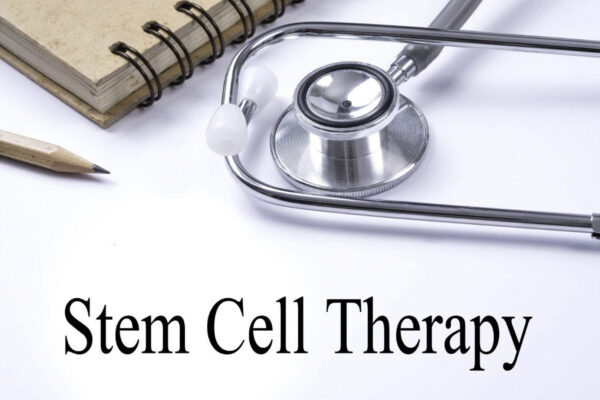What is Stem Cell Therapy
Stem cell therapy is the use of stem cells to treat or prevent a disease or condition. As of 2016, the only established therapy using stem cells is hematopoietic stem cell transplantation.
This usually takes the form of a bone-marrow transplantation, but the cells can also be derived from umbilical cord blood.
Stem cells are unspecialized cells that have not yet become committed to any particular tissue or organ function.
They may become any type of cell in the body. This includes nerve cells, muscle cells and blood cells such as red blood cells, white blood cells and platelets. Stem-cell therapy involves replacing damaged or diseased tissues with healthy ones created from pluripotent (adult) stem cells (PSCs).
What is Stem Therapy in Physical Therapy

Physical therapy for stem cell injection procedures is different because it focuses on strengthening and stretching the muscles around the injured area.
This helps improve your flexibility and reduces pain.
The goal of physical therapy after a stem cell injection is to reduce any swelling and inflammation that occurs from the procedure.
Physical therapy also helps increase blood flow to the injured area while decreasing pain.
Physical therapy may be performed by an occupational therapist or physical therapist. They will teach you exercises that will help strengthen your muscles and improve your range of motion.
Your doctor may recommend that you do these exercises at home between visits to the clinic.
Treating Muscle Injuries With Stem Cells
Muscle injuries can also be treated with stem cells; they’re best known for being able to repair chronic degenerative arthritis where cartilage in the joint is worn away.
This type of arthritis affects the hips and knees, but it can also affect joints in wrists and ankles. In these cases, stem cell therapy might not only help repair damage from arthritis—it might even reverse it.
Muscle injuries are common in both professional athletes and weekend warriors. In fact, many people suffer from some type of muscle injury at some point in their lives.
Unfortunately, many of these injuries do not heal on their own, which makes them more susceptible to re-injury. Stem cells may provide an effective treatment option for these types of injuries.
Diseases Stem Cell Therapy can Help Cure
Stem cells are capable of becoming other types of body tissue, such as nerve cells or muscle cells. This ability makes them useful in treating diseases that affect blood cells or other types of cells in the body.
In addition to treating blood cancers, stem cell transplants also offer hope for treating a range of other diseases:
- Acute leukemia – A type of cancer that affects white blood cells in the bone marrow, causing them to multiply uncontrollably and crowd out healthy blood cells.
- Amegakaryocytosis or congenital thrombocytopenia – A disorder causing low levels of platelets (tiny particles in the blood needed for clotting).
- Aplastic anemia or refractory anemia – A condition that occurs when your bone marrow stops producing enough new blood cells.
- Chronic lymphocytic leukemia – CLL is a type of leukemia that affects B-lymphocytes, which are cells involved in immunity. The disease usually progresses slowly over time.
- Familial erythrophagocytic lymphohistiocytosis – This disease causes abnormal immune cells to accumulate in the liver, spleen, bone marrow and other organs. It’s a rare genetic disorder that affects both males and females equally.
- Myelodysplastic syndrome of another myelodysplastic disorder – This is a condition where the bone marrow doesn’t produce enough healthy blood cells needed to fight infections or help with clotting. Also known as chronic myelomonocytic leukemia (CMML), this can occur at any age but is most common among adults over age 60.
- Osteopetrosis – This disease causes abnormal bone formation resulting in abnormally dense bones that break easily.
How Long Does it Take to Work
The procedure for stem cell therapy is simple, safe, non-invasive and an effective treatment option for many conditions. It’s also one of the most popular methods of regenerative medicine. The only downside is that it takes time for your body to repair itself.
It can take about six to eight weeks before you begin to feel the full effects of stem cell therapy. Stem cell injections have many applications, and researchers are continually studying its effects. It’s generally safe, and the number of people who benefit from it is going up every day.
Physical Therapy and Rehabilitation in American Fork, UT.
According to one recent study , stem cell treatment has produced positive results in over 45% of patients. Patients saw improvement in less than 6 months, which compares quite well with back surgery that usually involves very long recovery times.
To learn more about stem cell therapy contact Rx Rehab Physical Therapy in American Fork, Utah. We are ready to discuss your options for healing through physical therapy and stem cell therapy.
In pain and want help?
Reach out to our team of licensed physical therapists by filling out the simple form below and we'll reach out.
